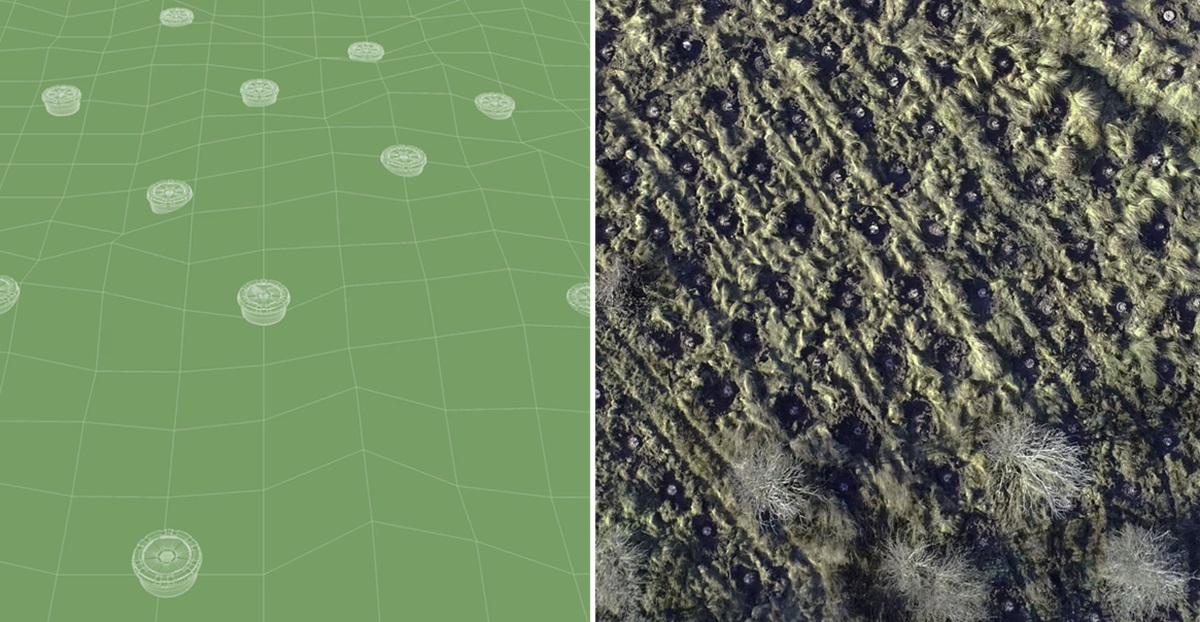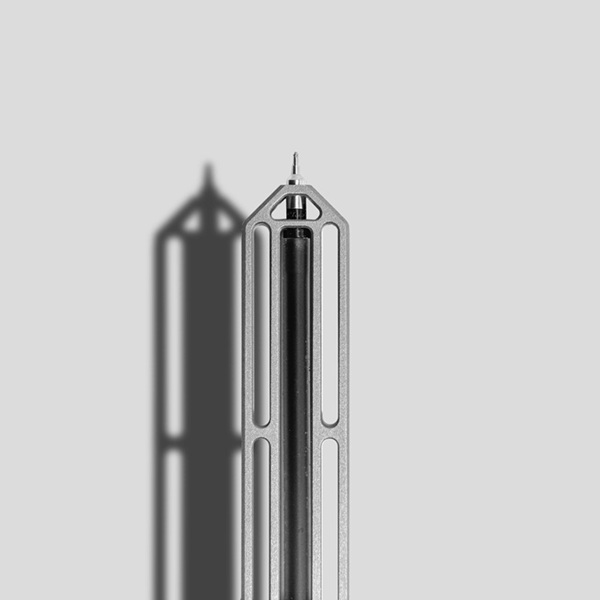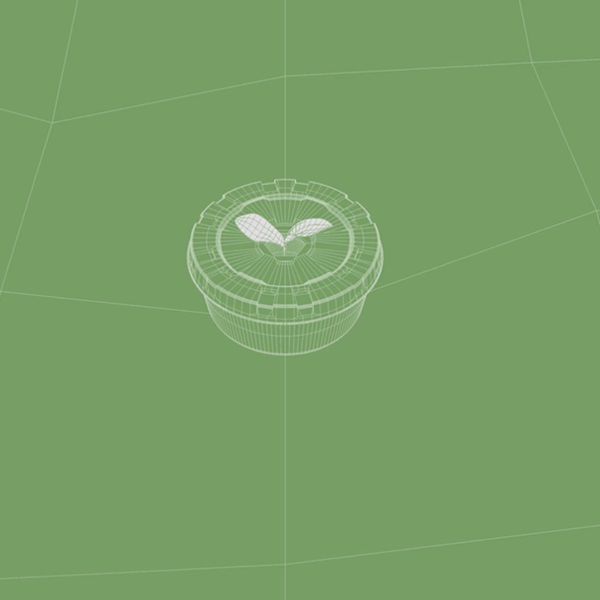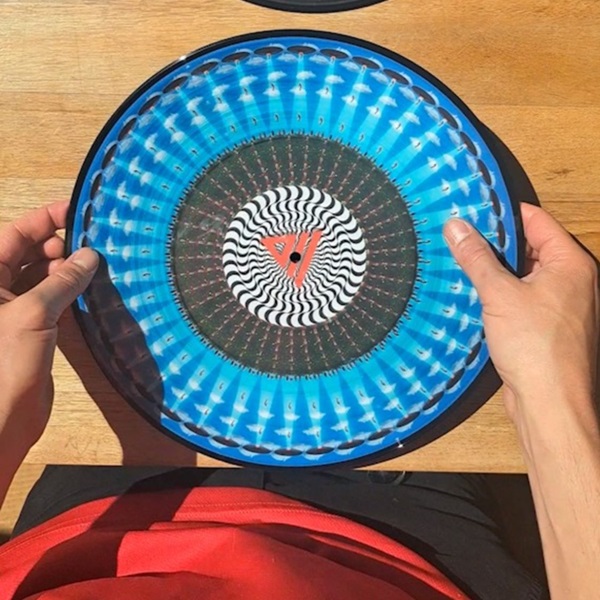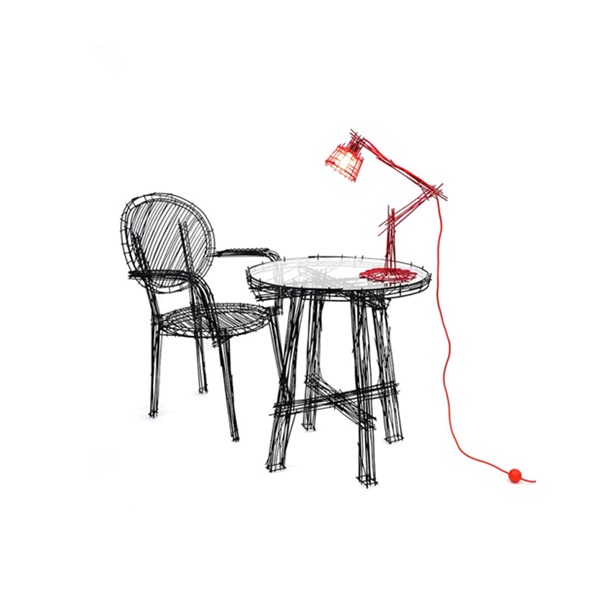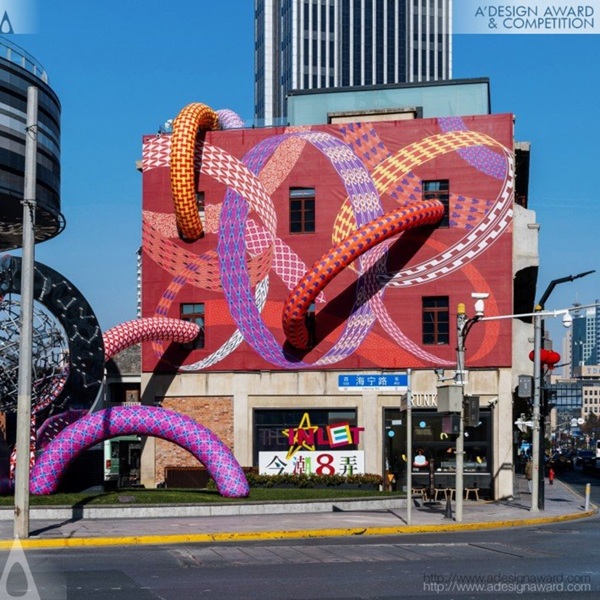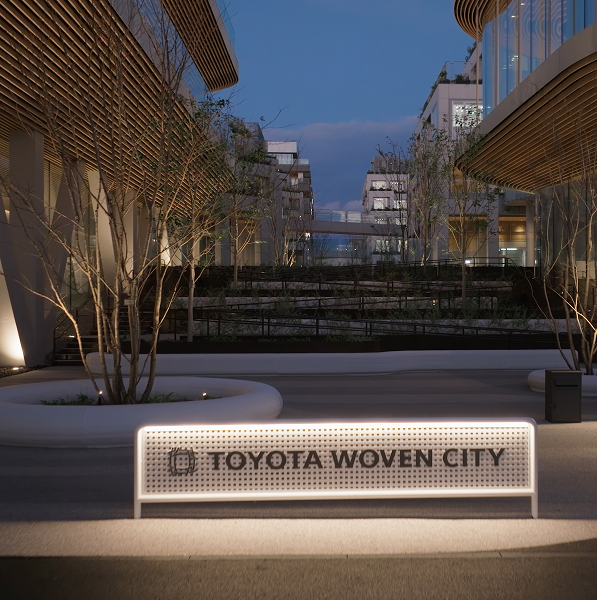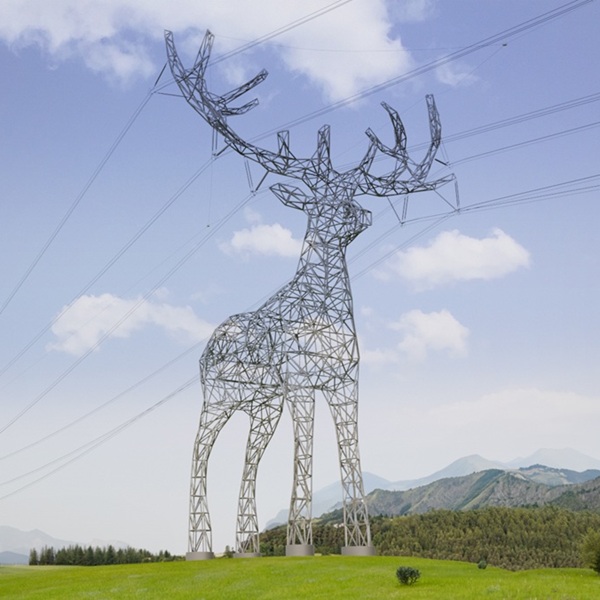
Land Life is an environmental restoration company that has headquarters in the Netherlands. The company started its activities in 2013 with a mission to reforest the world’s most degraded landscapes.
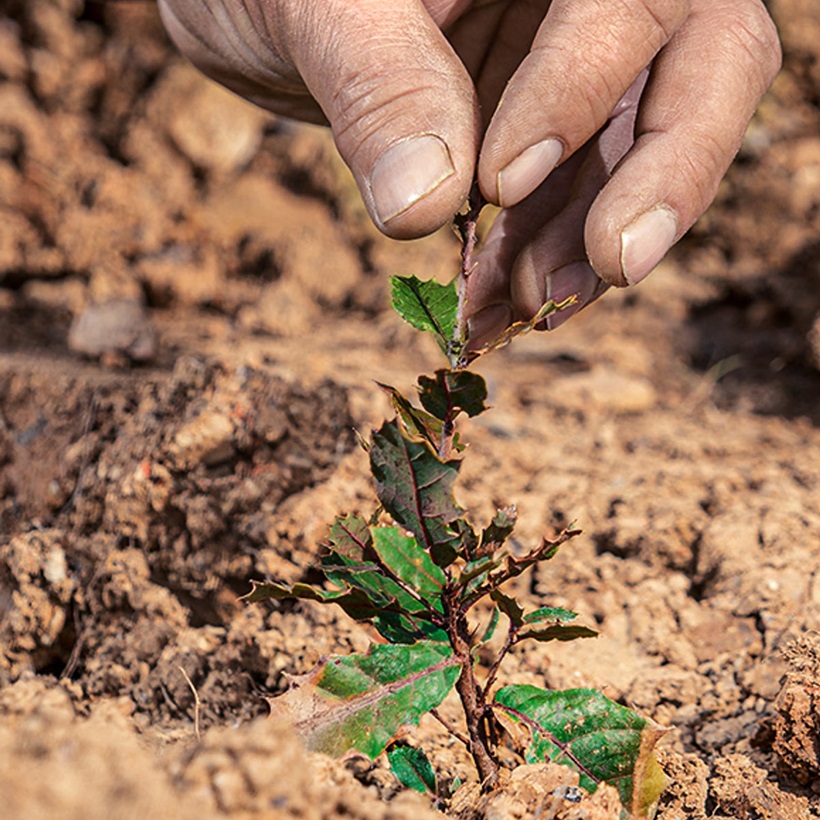
Image Credits: Land Life Company website
The objectives of the Land Life Company are supported with data-driven approaches to bring nature back to life. But how will they achieve this? At the heart of their innovation is the Cocoon technology, which is a groundbreaking biodegradable solution to support trees in the harshest conditions.
The company has run projects across 25 countries to transform barren land into thriving ecosystems. Let’s learn more about how the company continues to support our ecosystem.
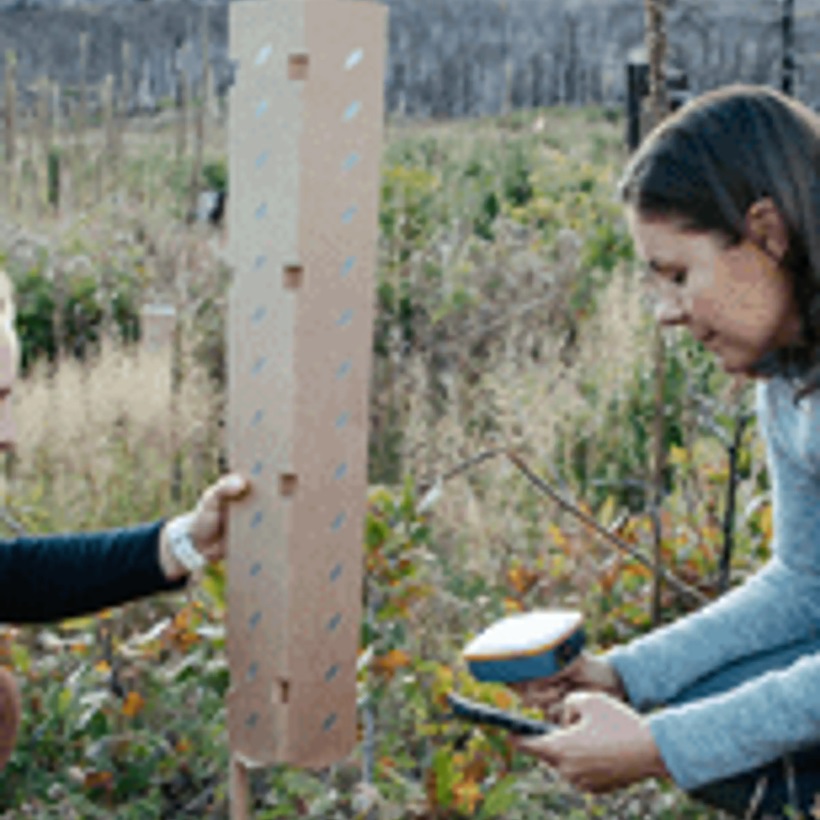
What is Cocoon Technology?
Land Life Cocoon Technology is a revolutionary tree-planting innovation to ensure the survival of young trees in arid and degraded environments. The main aim of this biodegradable tree incubator is to deliver water and enable growth without external irrigation.
This technology not only conserves resources but also increases planting success rates by creating a microclimate that nurtures saplings during their most vulnerable early stages.
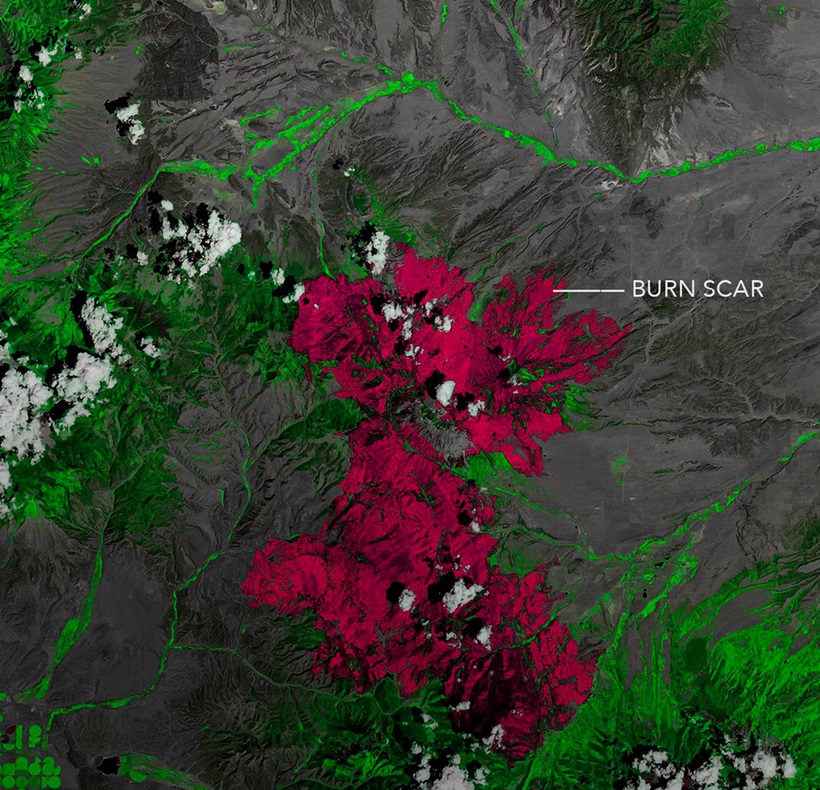
How Does the Cardboard Tree Protector System Work?
We will try to create a list of steps for Cocoon reforestation technology.
The Land Life team creates the Cocoons from recycled pulp. In addition, they place the Cocoon that forms a doughnut-shaped barrier around the seedling at planting time.
They fill the Cocoon with approximately 25 liters of water and store it in a sealed basin within the structure.
Through a system of wicks, water slowly leaks to the root zone over a 6- to 8-week period to eliminate the need for irrigation.
The central planting chamber supports vertical root growth, while the surrounding structure protects against wind, pests, and extreme heat.
Over time, the cocoon breaks down naturally. This enriches the soil with organic matter and leaves no trace behind.
By the time the Cocoon fully degrades, the tree has established a strong root system capable of sustaining itself in the native environment.

